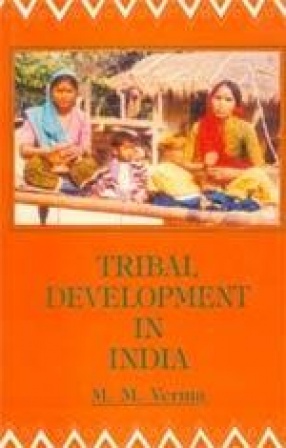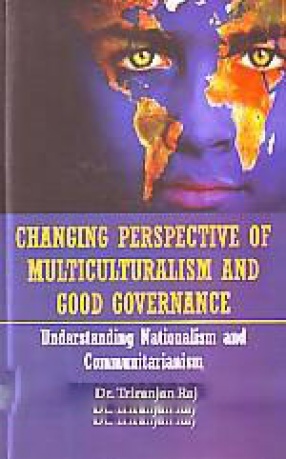Tribals in India, as elsewhere in the world, are known for their unique ways of living and distinct culture, which provide them a district identity on the national scene. However, their peculiar lifestyle, crude and primitive technologies, and their tendency to inhabit the secluded and isolated areas have led them to economic misery, underdevelopment and seclusion from the main-stream of national life. Therefore, after independence (particularly after the promulgation of the constitution of India in 1950) special policy initiatives were taken towards the improvement of their socio-economic conditions of these communities, termed as Scheduled Tribes. This followed the adoption of various strategies and programmes for their all-round development during the five Year Plans. Though none can deny that development has taken place in tribal areas, when we analyse the expenditure incurred during these plan years vis-?-vis the change brought into the quality of socio-economic life of the tribals, the results are not very encouraging. The book deals with all these issues. The study also analyses in detail the programme (sector wise) outlays and expenditure since Independence with special reference to the scheduled tribes of U.P. It indicates toward serious lacuna in planning, implementation and utilization of available resources for tribal development. The main purpose of this study was to provide data base for future researchers. It is expected that it will provide useful insights to the tribal development planners and administrators as well as academicians associated with this field.
Tribal Development in India: Programmes and Perspectives
In stock
Free & Quick Delivery Worldwide
reviews
Bibliographic information
Title
Tribal Development in India: Programmes and Perspectives
Author
Edition
1st ed.
Publisher
ISBN
8170996600
Length
xxiv+524p., Tables; Bibliography; Index; 23cm.
Subjects





There are no reviews yet.